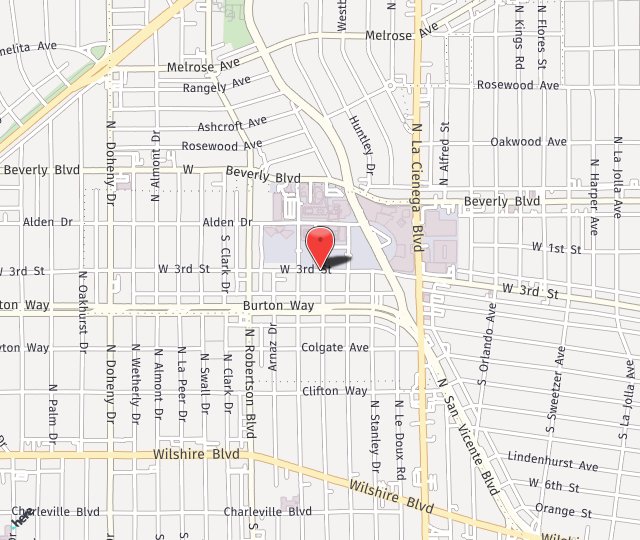Erb’s Palsy
- Posted on: Aug 15 2019

Dr. Seruya treats Erb’s Palsy.
What is Erb’s Palsy?
Named for the doctor who first described this condition, Wilhelm Erb, Erb’s palsy is a form of brachial plexus palsy. The brachial plexus is a network of nerves near the neck that give rise to all the nerves of the arm. These nerves provide movement and feeling to the shoulder, arm, hand, and fingers. Palsy doesn’t mean complete paralysis, but weakness, and in this case loss of motion.
When the infant has Erb’s palsy, the arm is rotated inward and cannot move in a normal fashion.
Erb’s palsy affects about one or two out of every 1,000 babies.
What causes Erb’s palsy?
This condition usually happens during delivery when the infant/s neck is stretched beyond normal parameters. This type of stretch injury shocks the nerve but does not tear it. This is called neurapraxia. This type of nerve injury usually heals on its own within about three months.
This can also happen in adults, but it usually doesn’t linger. Football players can have their necks stretched or moved in unnatural positions. The afflicted nerve will then burn. You may have heard this called a “stinger.”
More serious injuries
In some cases, the nerve is not just stretched; it is torn. A rupture is a nerve that is torn apart and it will not heal on its own. Only a surgeon specializing in peripheral nerve surgery, such as Dr. Seruya, can fix this type of damage.
Avulsion happens when the nerve is torn from the spinal cord. This cannot be repaired, but Dr. Seruya may be able to splice a donor nerve from another nerve of the child.
Surgery
Most cases of Erb’s palsy heal on their own within the first three months of the baby’s life. If that has not happened by the six-month mark, Dr. Seruya may opt to perform microsurgery for a nerve graft or a nerve transfer to restore some function to the arm.
If your child has weakness or loss of feeling in one arm, or if he or she has partial or total paralysis in one arm, these could be signs of Erb’s palsy. Please call us at the Los Angeles Nerve Institute at (310) 423-2129 to schedule an appointment.
Posted in: Brachial Plexus Palsy (Erb’s Palsy), Latest News

